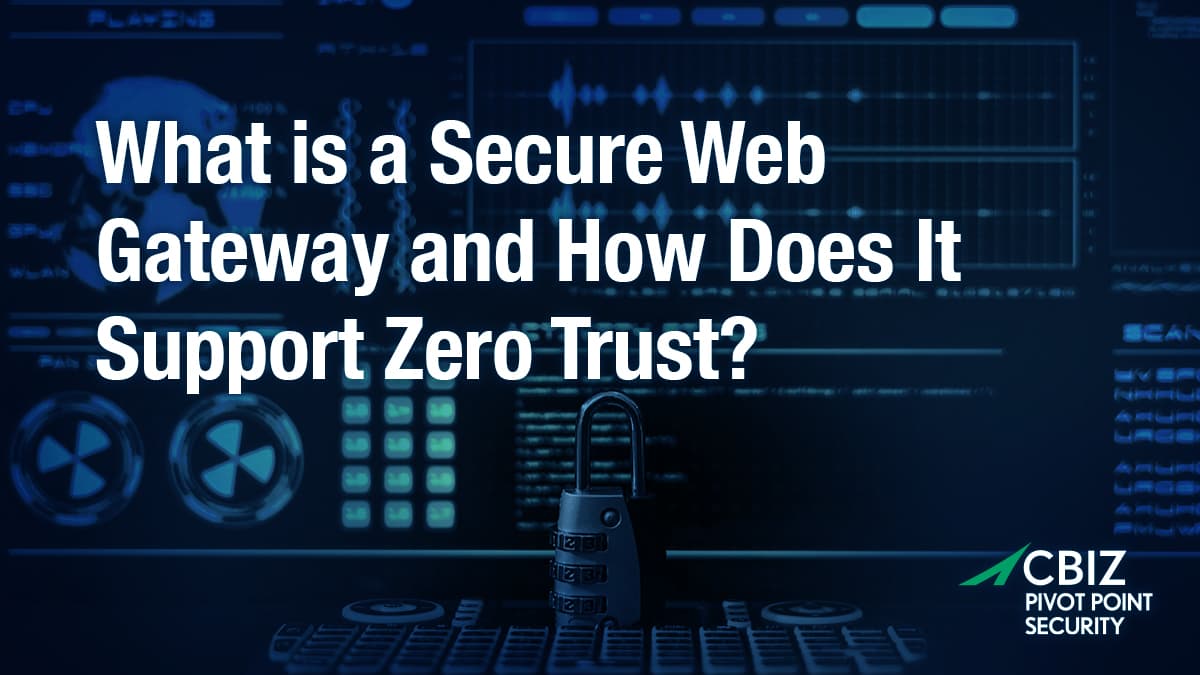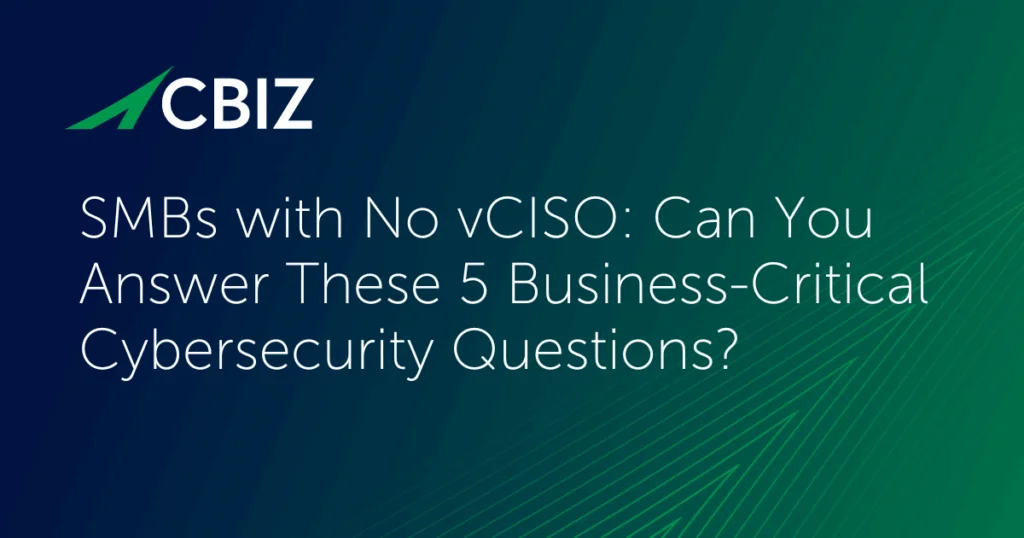Last Updated on June 28, 2024
Every network has a gateway, like a door to the outside world. A secure web gateway (SWG) gives your organization access to the internet like a regular gateway. But it also protects you by filtering threats and enforcing policy compliance.
This article provides a business-level explanation of how SWGs work, what capabilities they offer, and how they can benefit your business, including their role in zero trust initiatives.
What is a secure web gateway?
An SWG (pronounced “swig”) is a cloud-based or on-premises network security tool or service that filters potentially malicious web traffic and helps enforce compliance with regulatory and/or company policy. It monitors and regulates data flow between the company network and the internet in real-time, performing three key functions:
- Blocking access to and from known malicious or off-limits websites and URLs at the application level
- Decrypting and analyzing network traffic to detect malware and other security threats
- Enforcing policy and security by controlling the usage of web applications and cloud services
A firewall, in comparison, analyzes network traffic at the packet level, applying rules to filter individual packets as they enter or leave the network. The two tools work synergistically as part of a layered defense strategy. In fact, they are increasingly available together as part of integrated security platforms.
An SWG also works synergistically alongside zero trust network access (ZTNA) or software defined perimeter (SDP) controls. While ZTNA seeks to block unauthorized activity within your internal network and prevent an attacker from moving between assets, an SWG directly addresses threats within inbound and outbound internet traffic.
Why are SWGs important for cybersecurity?
SWGs support effective cybersecurity and reduce business risk by safeguarding companies from a range of ever-present cyberthreats—especially within growing volumes of encrypted (HTTPS) web traffic.
SWGs can also help detect and neutralize malicious code that lurks within outwardly legitimate websites. When unprotected users access these sites, increasingly sophisticated malware attempts to steal credentials or infect the network.
With these types of threats being so prevalent, an SWG is critical for most organizations as part of a layered approach to prevent ransomware attacks and data exfiltration.
How can an SWG benefit my business?
A properly configured SWG can help your company by:
- Reducing your susceptibility to ransomware and other malware threats, including zero-day attacks
- Preventing your users and systems from accessing unsafe or known malicious websites and web applications
- Preventing unsecured web traffic from traversing your network
- Reducing your attack surface by nullifying common attack vectors
- Enforcing compliance with regulatory, organizational, and/or industry guidance
- Reducing the risk associated with a remote workforce and distributed data access
- Increasing uptime for internet connectivity to support and stabilize critical IT services
- Optimizing internet connection performance for remote and on-premises users
How does an SWG operate?
SWGs are available as physical servers, software applications, or cloud-based virtual appliances. They can reside in the cloud, at the network perimeter, or on endpoints. They can protect users regardless of their physical location, the IT systems they or using, or their operating system/device configuration.
SWGs operate by inspecting outgoing traffic from endpoints. When a client device makes an outgoing web request, it connects first through the SWG. The SWG authenticates the user and analyzes the request for policy or security violations. If the request is acceptable the SWG allows it to proceed. Likewise, SWGs inspect all incoming data from the internet, allowing only safe content to reach users.
Key features common to many SWG include:
- TLS/SSL inspection to reveal threats within encrypted network traffic
- URL filtering to allow or deny user access to websites and URLs based on policy and threat intelligence
- Application control to restrict unapproved usage of web-based applications and cloud services
- Data loss prevention capabilities to prevent exfiltration of sensitive/regulated data
- Policy management tools to help IT and security administrators configure controls to track and enforce policy and threat intelligence
- Bandwidth monitoring to stop sites from using excessive network bandwidth
How does an SWG support zero trust?
An SWG supports a zero trust initiative by enabling you to apply zero trust principles to your incoming and outgoing web traffic in real-time. Many SWGs now have AI-supported capabilities to adjust to evolving attack signatures, protecting your network and users from new threats and zero-day attacks.
Some SWGs can give your IT/security teams visibility into who is using the network, and can integrate with other security services (e.g., security information and event management, data loss prevention, or insider risk management tools).
SWGs also allow you to apply “whitelist/blacklist” policies for inbound and outbound web traffic as part of a company-wide zero trust program.
What’s next?
For more guidance on this topic, listen to Episode 138 of The Virtual CISO Podcast with guest William Eshagh, co-founder and CEO at Bowtie.
Back to Blog


























